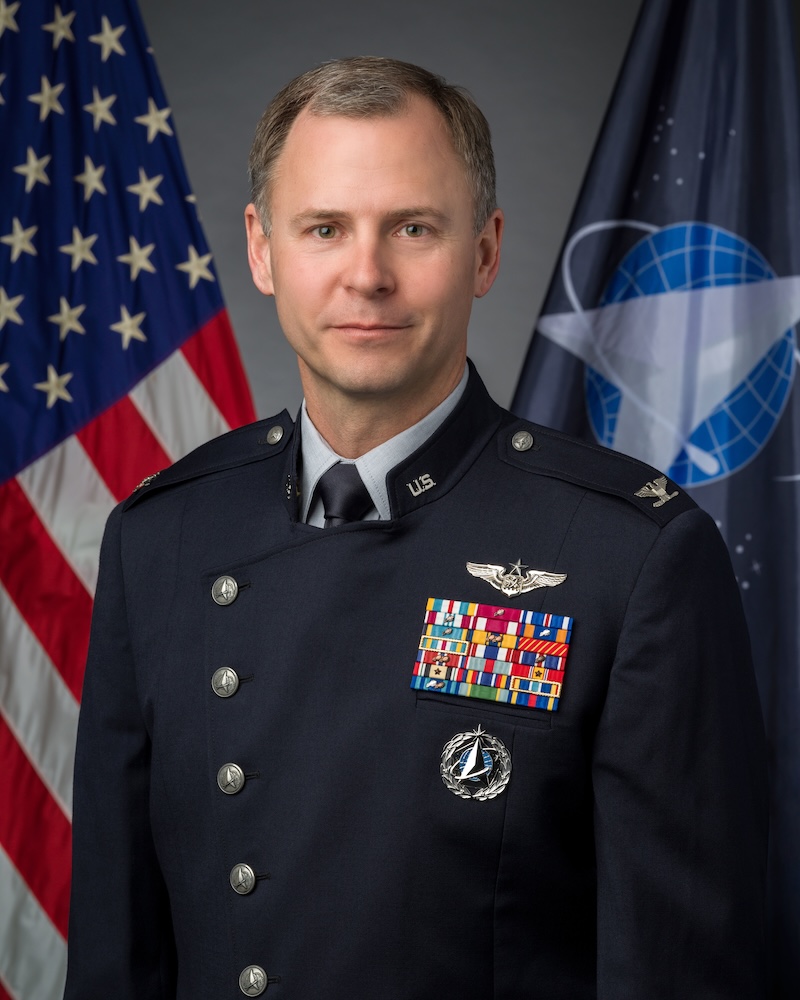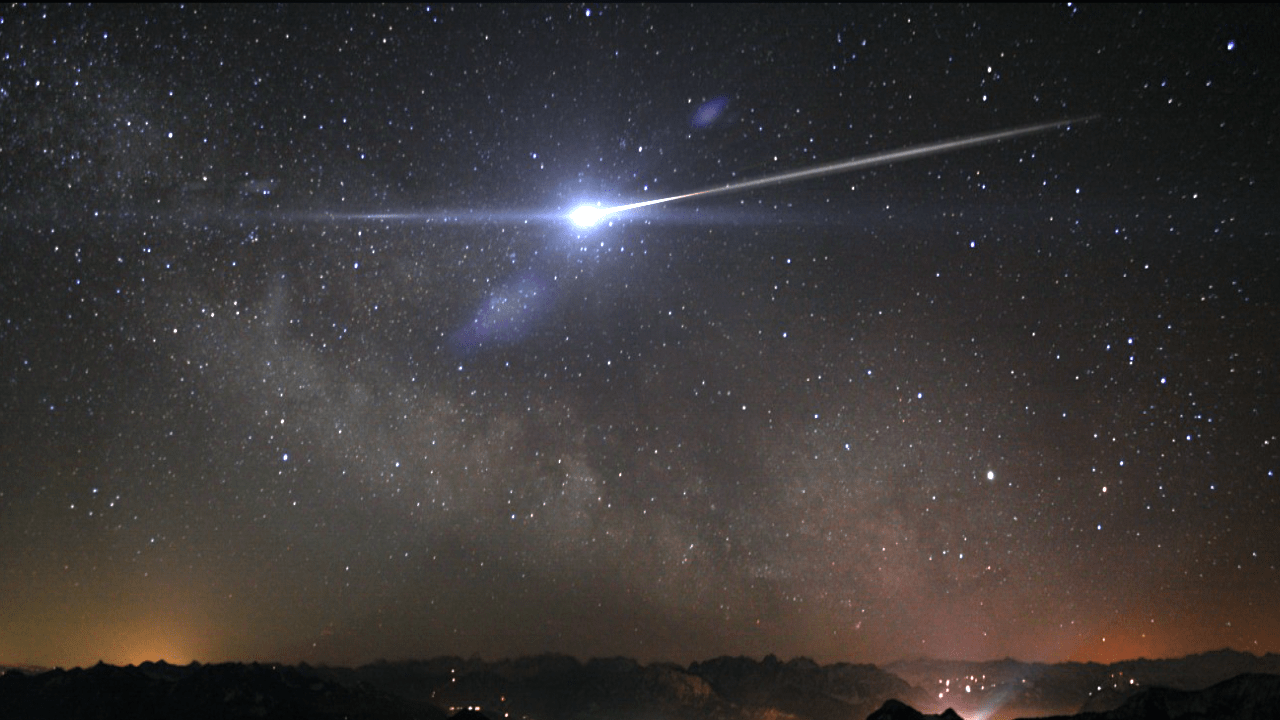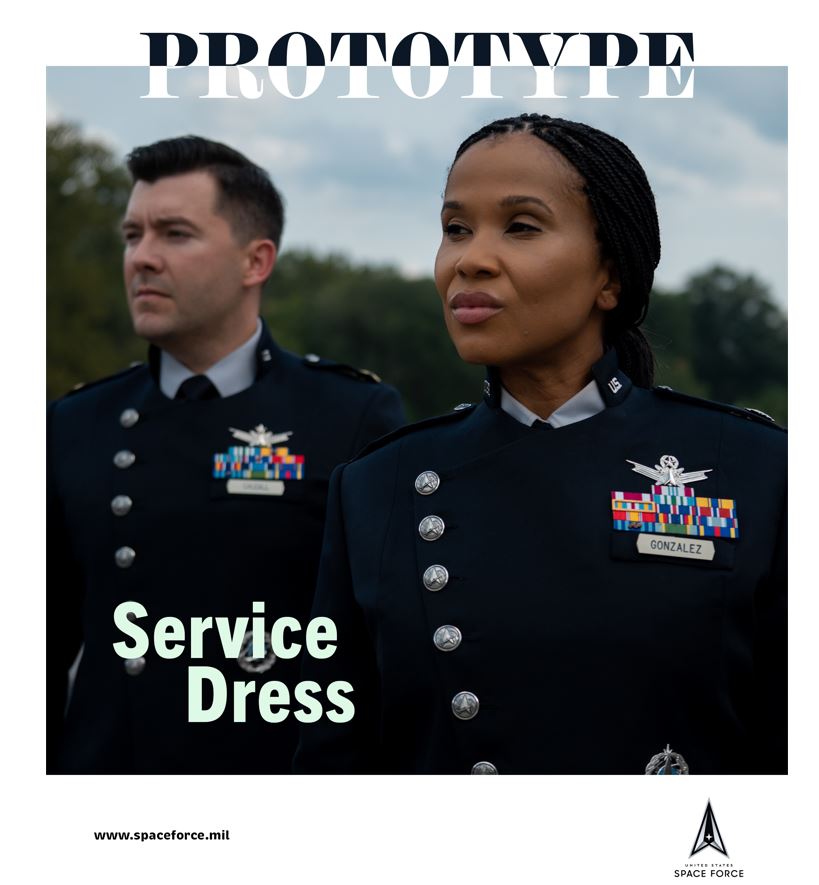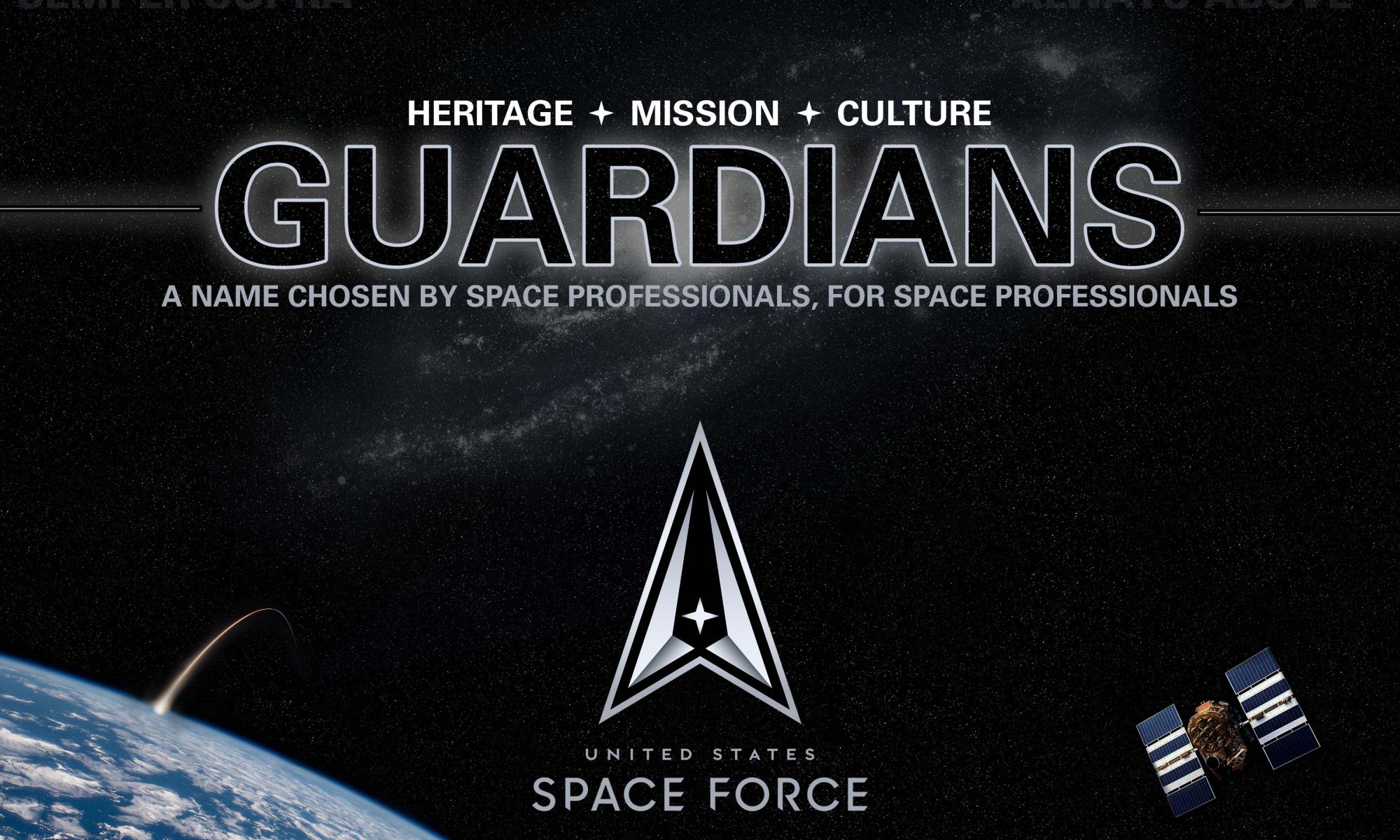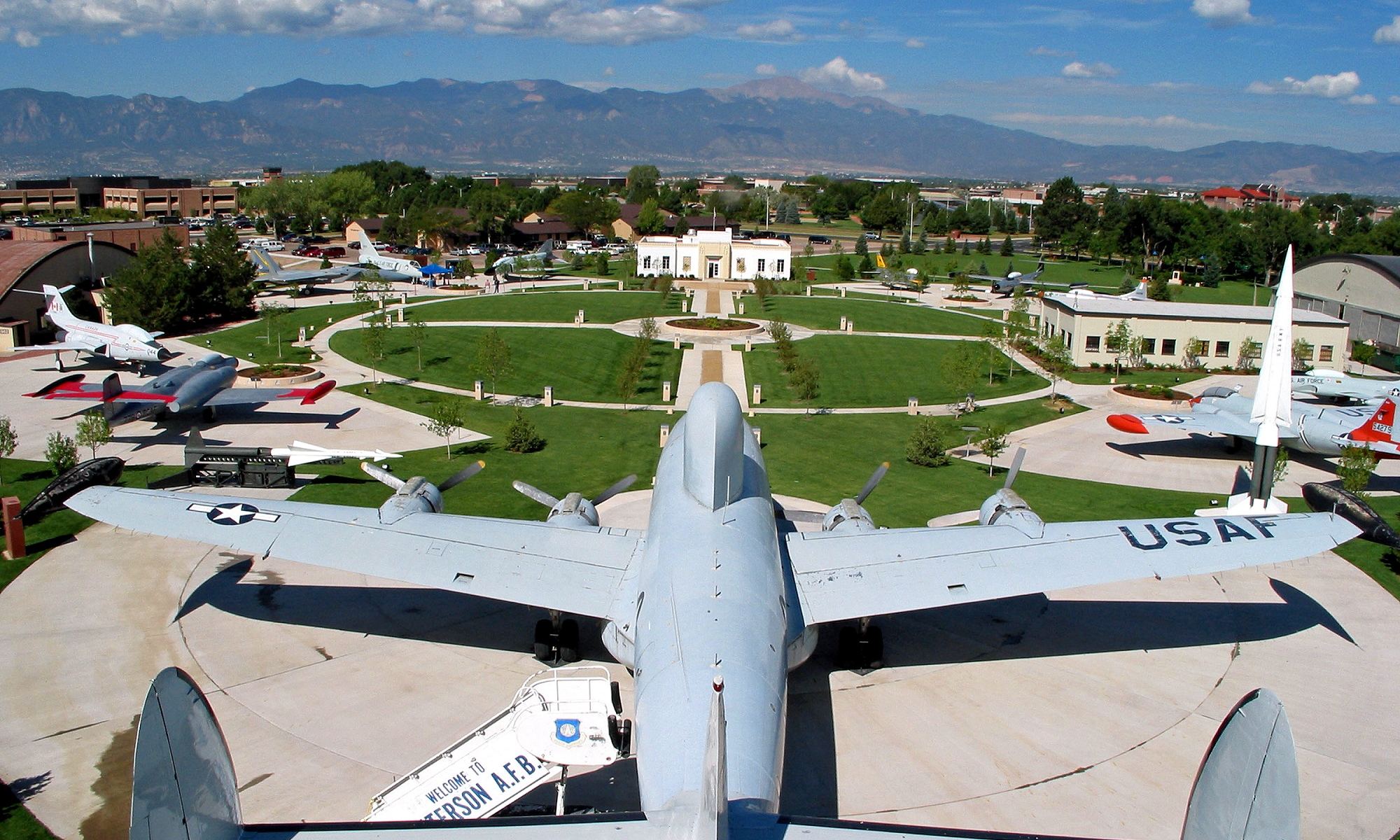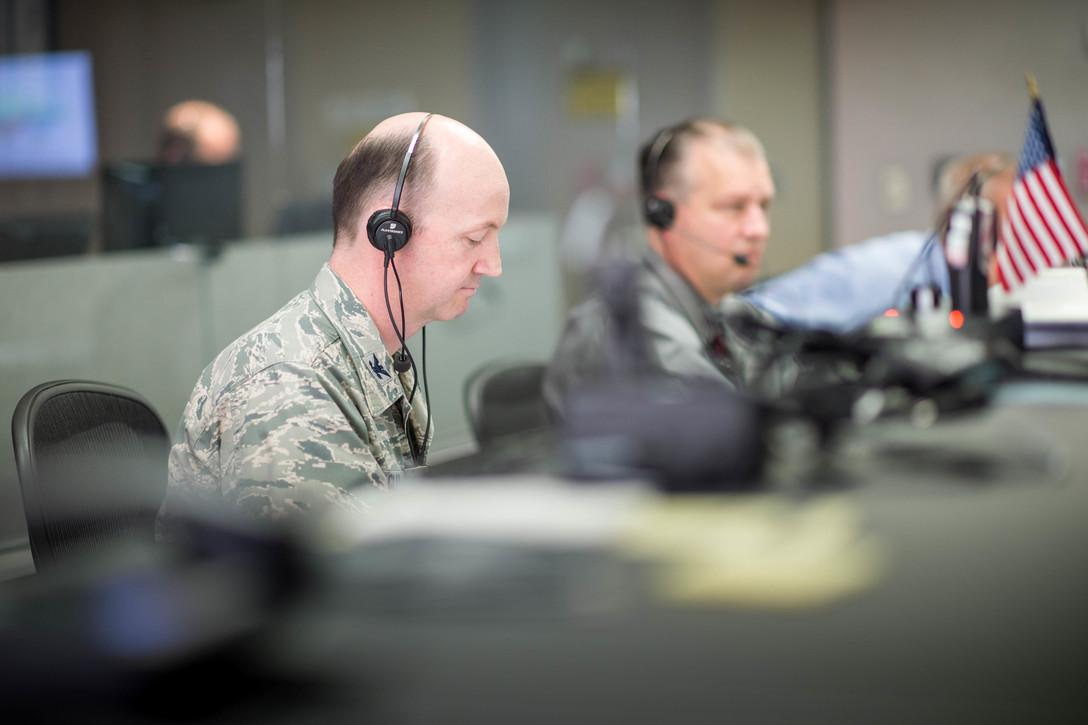The X-37B Orbital Test Vehicle (OTV) has been shrouded in mystery since its maiden flight in 2011. Designed by Boeing and operated by the U.S. Space Force (USSF), this remotely operated, reusable space plane is designed to operate in Low-Earth Orbit (LEO), 240 to 800 km (150 to 500 mi) above the Earth, and test reusable vehicle technologies that support long-term space objectives. On December 29th, 2023, the X-37B began its seventh mission (OTV-7) and has reportedly been conducting experiments on the effects of space radiation and testing Space Domain Awareness (SDA) technologies.
As part of this mission, the X-37B will soon begin executing a series of novel maneuvers to change its orbit around Earth. These maneuvers will consist of the spacecraft brushing against Earth’s upper atmosphere to shed speed and lower its orbit without expending much fuel—a technique known as “aerobraking.” This is the first time the X-37B has performed such a maneuver, which will help it evade detection by potentially hostile nations and perform undetected low passes over Earth during future missions.
Continue reading “Space Force’s X-37B will Perform “Never Before-Seen Maneuvers” in Orbit”

